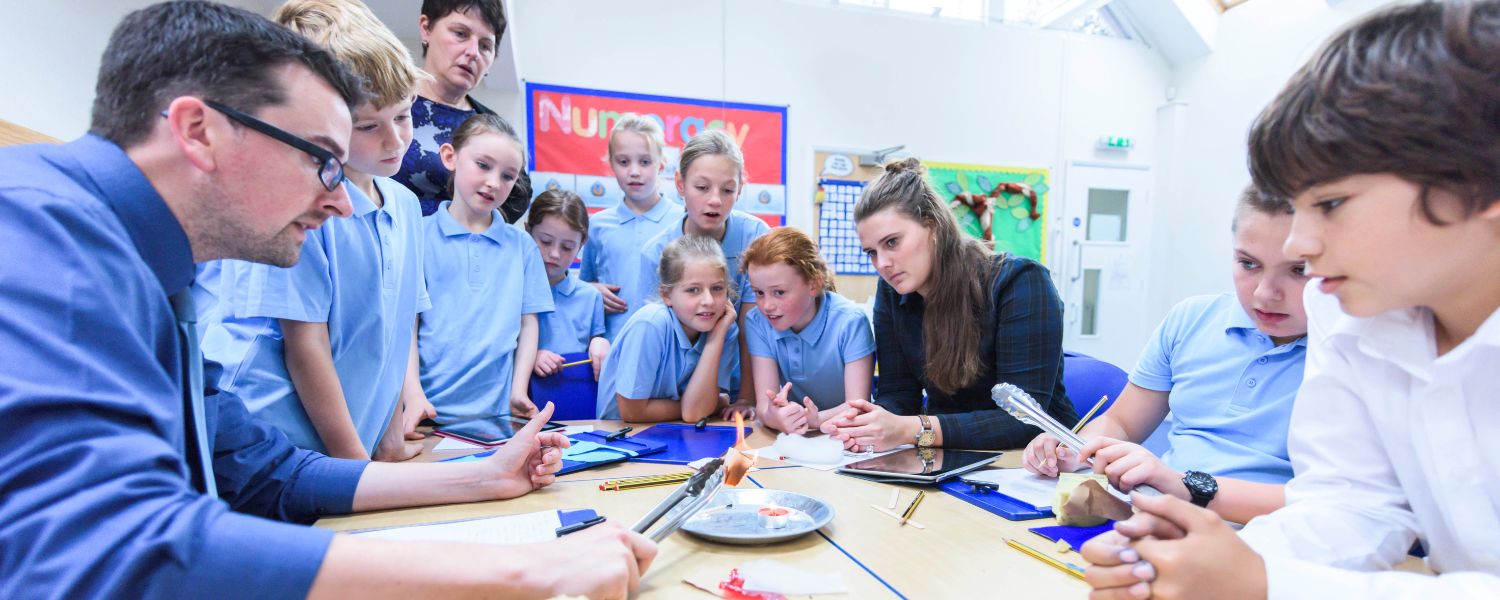
Primary school curriculum has undergone significant transformations, adapting to societal changes, educational philosophies, and technological advancements. This evolution has been crucial in shaping students’ educational experiences.
One school that has played a noteworthy role in this narrative is the Faith Christian School of Distance Education, which has stood at the forefront of innovative pedagogical approaches. This blog will delve into the journey of primary school curricula, emphasising the pivotal role of institutions like Primary Schools in this evolution.
Historical Perspectives

In the early stages of formal education, primary curricula were straightforward, focusing primarily on imparting fundamental literacy and numeracy skills. Basic subjects such as arithmetic, grammar, and reading were the mainstay of early education.
These subjects were considered vital life skills in a society where the ability to read, write, and calculate held paramount importance. Additionally, moral and religious education formed a significant part of the curriculum, reflecting the prevailing values and beliefs of the era.
The Industrial Revolution and Changing Needs

The onset of the Industrial Revolution heralded a transformation in education. As societies shifted into rapid industrialization, the workforce’s needs evolved. This shift was reflected in the curriculum of primary schools, which expanded to include subjects like science, history, and geography.
The aim was to equip students with the specialised knowledge required to thrive in an increasingly complex and industrialised world. The curriculum evolved in response to societal changes, ensuring that education remained relevant and aligned with the demands of the evolving job market.
The Faith Christian School of Distance Education: Pioneering a New Paradigm

The Faith Christian School of Distance Education emerged as a groundbreaking school, particularly in the latter half of the 20th century. Recognizing the unique needs of students, especially those in remote or isolated regions, this school revolutionised curriculum delivery.
Through innovative distance learning programs, they transcended geographical barriers, providing quality education to students across Australia. This pioneering approach ensured access to education for a wider demographic and set a precedent for flexible and adaptable educational models.
The Primary Schools of Today: A Multifaceted Approach

Primary schools have transformed into dynamic learning centres in the contemporary educational landscape. The curriculum has expanded to encompass various subjects, including languages, arts, physical education, and technology.
This multidisciplinary approach aims to nurture holistic development, ensuring that students graduate as well-rounded individuals capable of navigating the complexities of the 21st century.
By offering diverse subjects, primary schools are equipping students with a broad skill set that goes beyond traditional academic domains, preparing them for a multifaceted and interconnected world.
Adapting to Technological Advancements

Technology integration is one of the most significant shifts in modern primary education. Digital literacy and computational thinking are now integral components of the curriculum, reflecting the pervasive influence of technology in our daily lives.
Primary schools, including the Faith Christian School of Distance Education, have been at the forefront of incorporating innovative technological tools to enhance the learning experience.
This proactive approach equips students with essential digital skills and fosters a culture of adaptability and technological fluency, which is vital in a rapidly evolving technological landscape.
Inclusion and Diversity: A Contemporary Imperative

In recent years, there has been a notable emphasis on inclusivity and diversity in primary education. The curriculum now strives to cater to student’s diverse needs and abilities, ensuring that education is accessible to all.
This shift towards inclusivity is not only a moral imperative but also a recognition of the varied strengths and talents that each student brings to the classroom. Through recognizing and adapting to various learning styles and individual needs, primary schools establish an inclusive environment wherein every student has the opportunity to flourish and realise their maximum potential. This approach cultivates a culture of fairness and empowerment.
The Global Perspective

Globalisation has fundamentally transformed our perception of education. Primary schools now recognize the importance of preparing students to be global citizens, fostering cultural awareness and a sense of international interconnectedness. Subjects like global studies and foreign languages have gained prominence in the curriculum, equipping students with the skills and knowledge to thrive in a globalised world. This global perspective broadens students’ horizons and prepares them to navigate an increasingly interconnected and multicultural world, promoting a sense of global citizenship and understanding.
Assessment and Accountability

The evolution of the primary school curriculum has necessitated changes in assessment practices. While traditional standardised tests still hold their place, there is a growing recognition of the need for holistic assessment methods encompassing a student’s overall development.
Portfolios, projects, and performance assessments have gained traction, providing a more comprehensive understanding of a student’s capabilities. This shift towards holistic assessment acknowledges that students’ abilities extend beyond mere test scores, recognizing their creativity, critical thinking, and practical skills, ensuring a more accurate and nuanced evaluation of their educational journey.
Conclusion
The evolution of the primary school curriculum, from its humble beginnings in basic literacy and numeracy to its current multidisciplinary and technologically infused form, reflects the dynamic nature of education. Schools like the Faith Christian School of Distance Education have played a pivotal role in this journey, adapting to changing needs and pioneering innovative approaches. As we look towards the future, we must embrace new ideas and technologies, ensuring that education remains a powerful force for personal and societal transformation.
